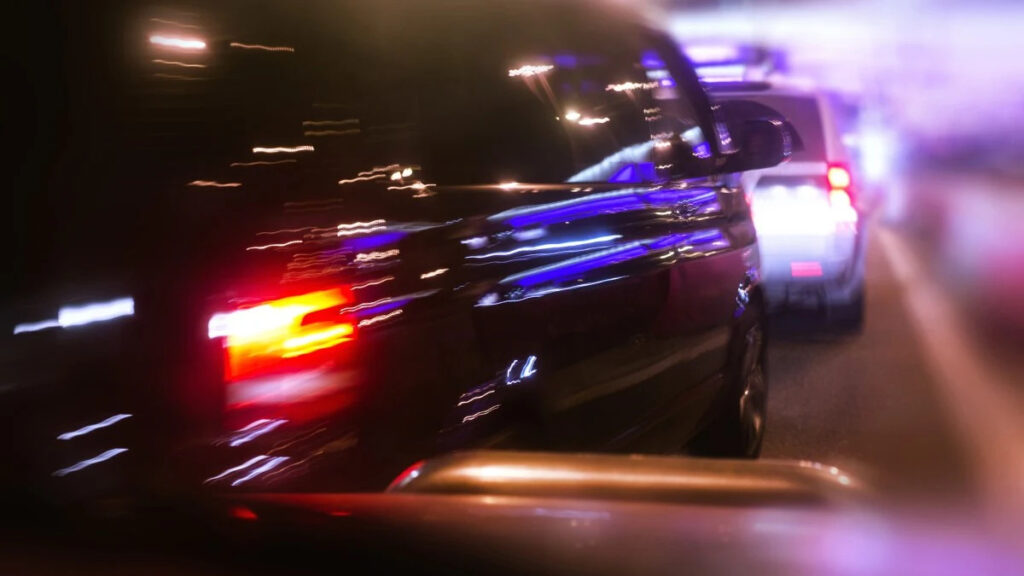Utah lowers DUI BAC limit to 0.05; NHTSA says fatal crashes there drop 20%

As National Public Radio reports, in 1983. Utah became the first state to lower its blood alcohol content (BAC) threshold for driving under the influence (DUI) from 0.10 to 0.08. The U.S. Congress didn’t mandate a 0.08 BAC until 17 years later, after all states had already done so thanks to lobbying by groups such as Mothers Against Drunk Driving (MADD), which had been formed in 1980. Utah has again led the way in lowering the BAC threshold, dropping the official limit for a DUI classification to 0.05 on December 30, 2018, the lowest of all 50 states. A New York Times piece out today looks at the National Highway Transport Safety Administration’s 2022 review of the effects of Utah’s change, called, “Evaluation of Utah’s .05 BAC Per Se Law.” According to the paper, fatal crashes fell 19.8% when comparing the full-year 2016 data to the full-year data for 2019. The NHTSA used 2016 because Utah’s governor signed the measure into law in 2017, although the law didn’t take effect for another 21 months.
A graph in the document shows fatal crashes falling in Utah starting in 2015, falling nationwide starting in 2016. Comparing the same years, 2016 vs 2019, the number of fatal crashes fell nationwide by 5.6%.
Digging into the Utah-specific data, though, the NYT used unadjusted vehicle miles traveled (VMT) for the state. From the paper, “In 2019, despite increased vehicle miles traveled (VMT), Utah recorded 225 fatal crashes and 248 fatalities, which were lower than the 259 fatal crashes and 281 fatalities for 2016.” Using the adjusted VMT for Utah, the decline was actually 13%. And mind you, these aren’t alcohol-related fatal crashes, these are all crash-related fatalities in Utah.
Also, since 2019, crashes and fatalities have risen nationwide, including alcohol-related incidents, and including in Utah. Utah’s Department of Public Safety Highway Safety Office documents show 332 fatalities in the state in 2021, 319 in 2022, higher than the figures for 2016 and 2019. Opening the alcohol-related portal, state figures show 22 alcohol-related fatal fatalities in 2019 out of 932 alcohol-related crashes, this being the first full year of the lower BAC law, such a crash defined as “only those incidents where at least one of the drivers tested positive for alcohol and had a BAC of > .05 starting January 1, 2019; (> .08 prior).” In 2021, that number had risen to 56 out of 918 crashes, in 2022, the number was 61 out of 911 crashes, and for 2023, the number was 41 alcohol-related fatalities out of 814 alcohol-related crashes.
The rising numbers have, of course, led to local outlets like The Salt Lake Tribune declaring in 2023, “The data all points in the same direction: The law hasn’t worked.” The Tribune piece believes the problem isn’t the law itself, it’s that the law “isn’t targeting the real problem — those who drink well beyond any legal limit and get behind the wheel.” Instead, more than 2,000 drivers with a BAC below 0.08 were arrested between 2020 and 2023, while arrests of drivers with a higher BAC reading fell 45% on average. The Tribune, and quite a few commenters at that piece and the NYT piece, aren’t arguing for a relaxed drunk driving rules, but are asking for laws that focus on aspects like repeat offenders and those with high BAC levels.







